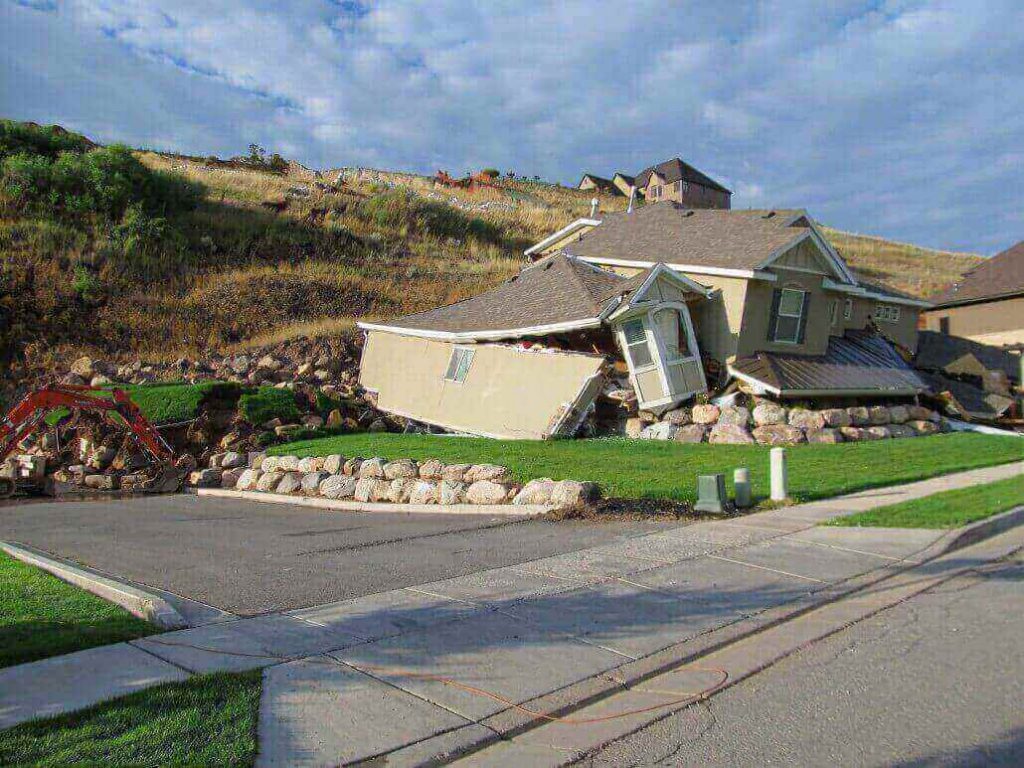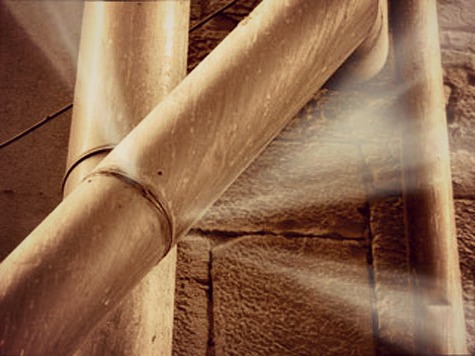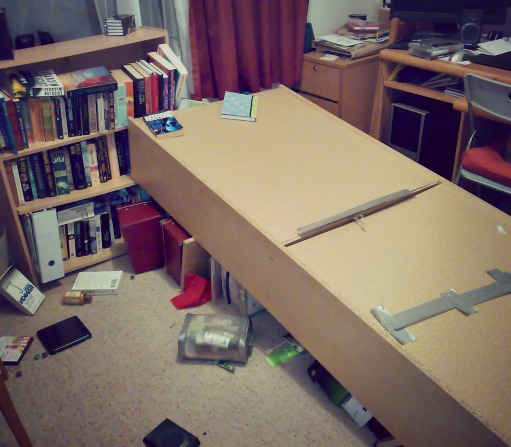Disaster Management To-Do List: 7 Essential Steps To Protect Your Home
 There’s nothing stronger than forces of Nature. However, unless you’re a billionaire, you might want to protect your home from natural disasters like earthquakes or landslides. After every big or small quake engineers and constructors learn what and how to improve when it comes to different buildings. No matter how new your property is, you’d better take action and protect your family and household before the worst happens. Regardless of the magnitude of the previous earth shakes, every other might have a devastating effect, so here’s what you can do to protect your household.
There’s nothing stronger than forces of Nature. However, unless you’re a billionaire, you might want to protect your home from natural disasters like earthquakes or landslides. After every big or small quake engineers and constructors learn what and how to improve when it comes to different buildings. No matter how new your property is, you’d better take action and protect your family and household before the worst happens. Regardless of the magnitude of the previous earth shakes, every other might have a devastating effect, so here’s what you can do to protect your household.
1. Regulations

A key factor to a resilient building is to do everything according to the regulations of every quake or landslide-prone zone. What you need to do, if you’re a new-comer to a certain area is to inform yourself if the region is inclined to such disasters. Thus, if you’re looking for a home to buy, you’ll have one of the criteria necessary which will help you make a choice and namely if your potential home was built according to the regulations.
2. Inspection

This can and will be properly carried out only by the respective experts. What they will look for is:
1) If the property was built on stable ground.
2) If the materials and techniques the premises were built are in accordance with the area’s regulations.
3) If the construction of your future home can bear seismic shakes.
3. Is The Soil Steady?
If you live in an area with soil which easily absorbs water, this could be fatal to your house. The moist which is absorbed can weaken or even destroy the foundations of your “castle”. Thus, even if the seismic shake is weak, your home might collapse and endanger your life. What you can do on your own to prevent this, is to keep the gutters clean and rain water away, so it doesn’t soak directly under your home.
4. Anchor Your House

Check if the home you’ll be or are already living in is anchored to its foundations, so it doesn’t swing in some direction, when the ground starts shaking. It’s just like a cake, if the layers are not “secured” with enough cream between each other, it will probably fall apart, when you try to move it. The sill plate (the horizontal member that supports the floor joists and wall studs) should be fastened tightly with anchor bolts every four to six feet along the plate. Thus the bond will be stronger and more endurable.
5. Prevent Gas Leaks

Call an expert to inspect and help you deal with loose or rigid pipelines. There are specially designed devices, which will automatically shut off the gas stream. Thus there won’t be any potential leakages followed by eventual fires. What you can do to upgrade the pipes with suitable and flexible fittings. This will make the pipelines more resilient to the power of the vibrations of seismic shakes, as they won’t burst and cause additional trouble.
6. Avert Random Object Movement

If you have any heavy pieces of furniture, household appliances and similar big objects, stabilise them with various means. Unless you wish to play tag with a moving sofa, fasten any fitment with flexible mount fasteners. This will allow the huge object to move a little and won’t add additional pressure to the stud construction of the building. If there are any heavy or fragile objects on high shelves, move them to a lower position, so they’re not a threat to you during the disastrous situation. To make drawers overhead safe, place locks, so they don’t “bombard” you.
7. Inspect your Doors & Locks
Loose locks are targeted the most by burglars comment locksmith professionals from New Castle. That’s why carrying an inspection of lock integrity and mechanism condition is crucial to safety and security of any property.
If you have no time to deal with this, due to tight schedule or have no skills and experience, turn to professionals for help. They’ll do everything necessary as quickly as possible and at the lowest possible price.

Leave a Reply